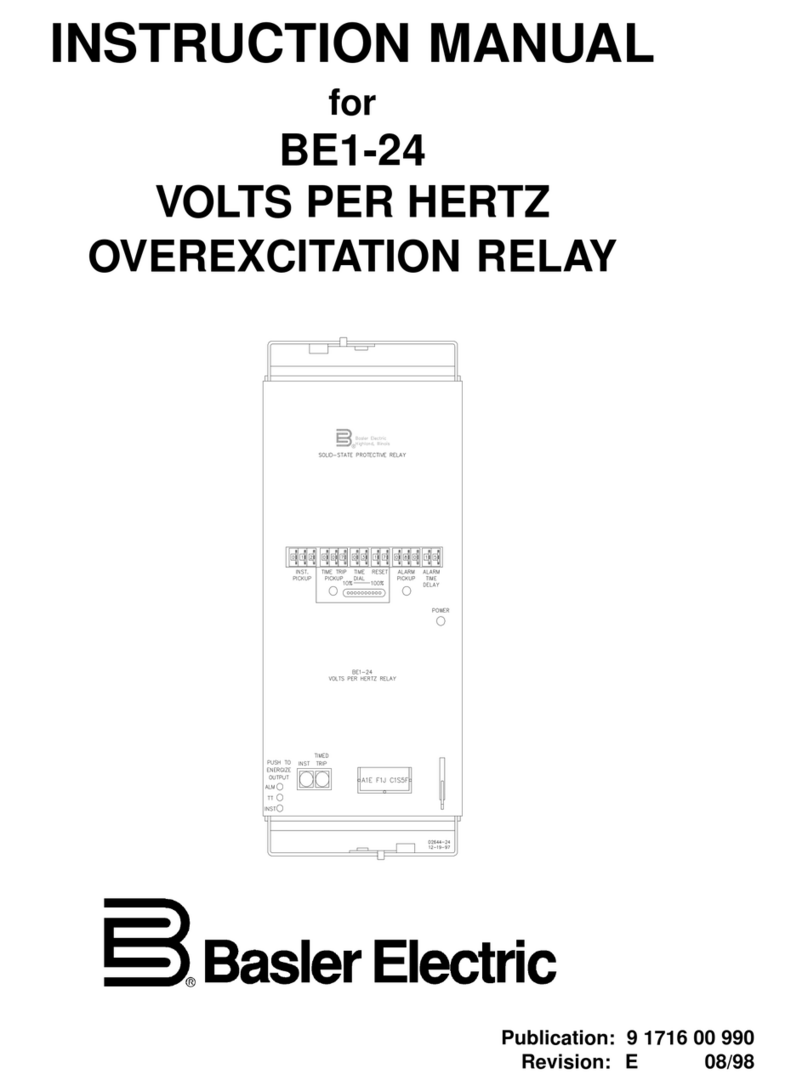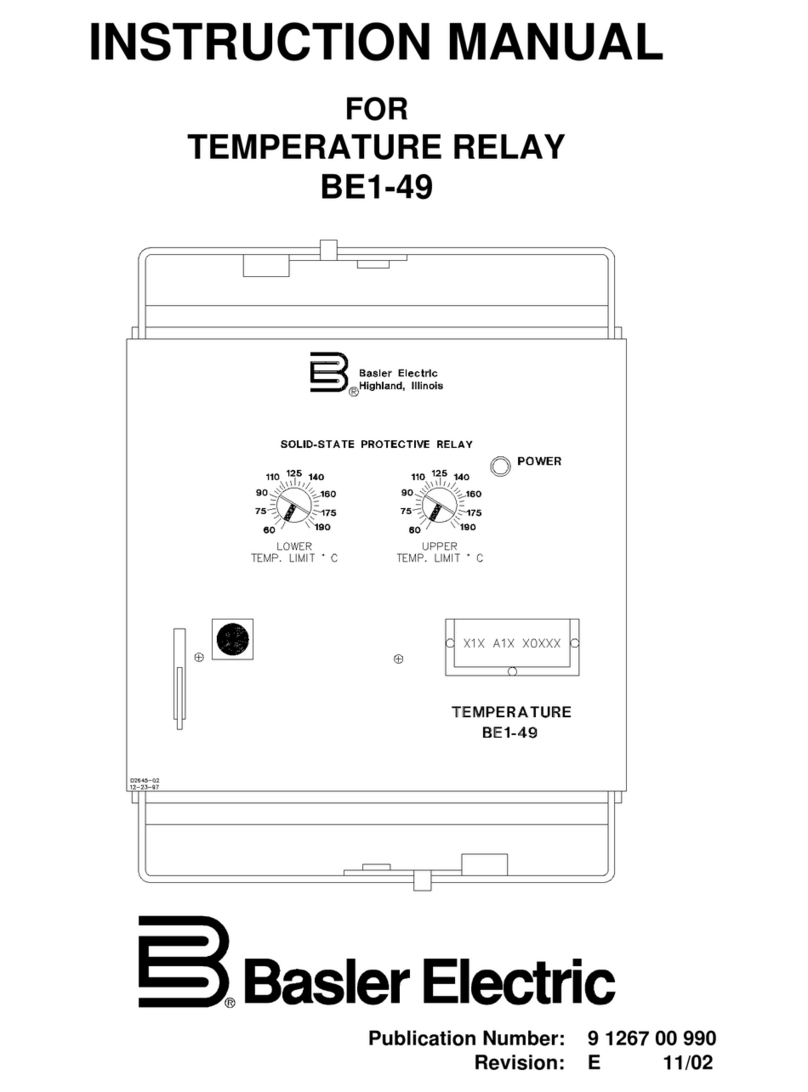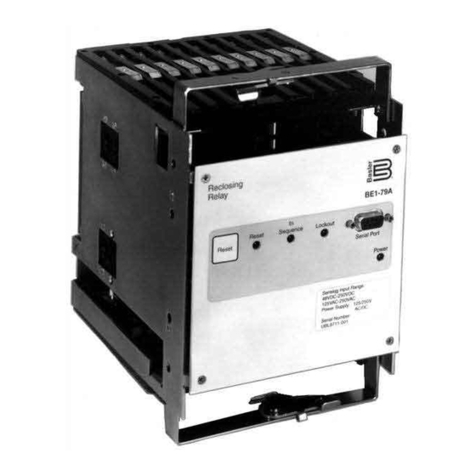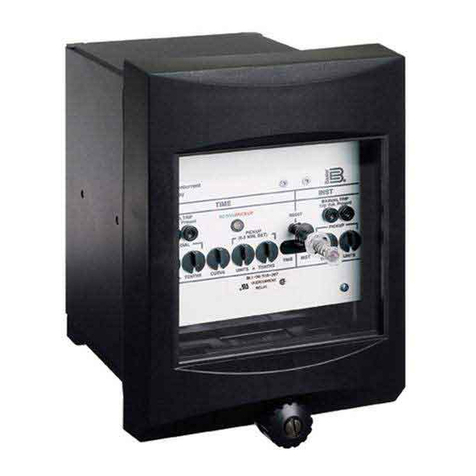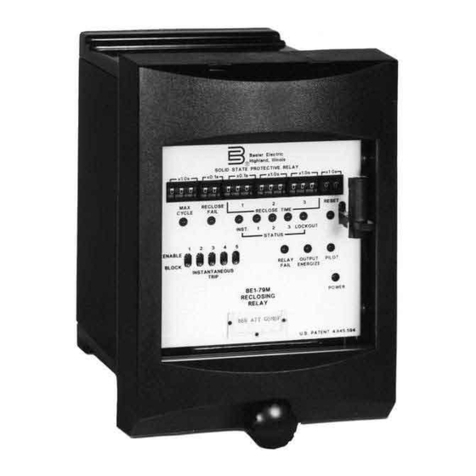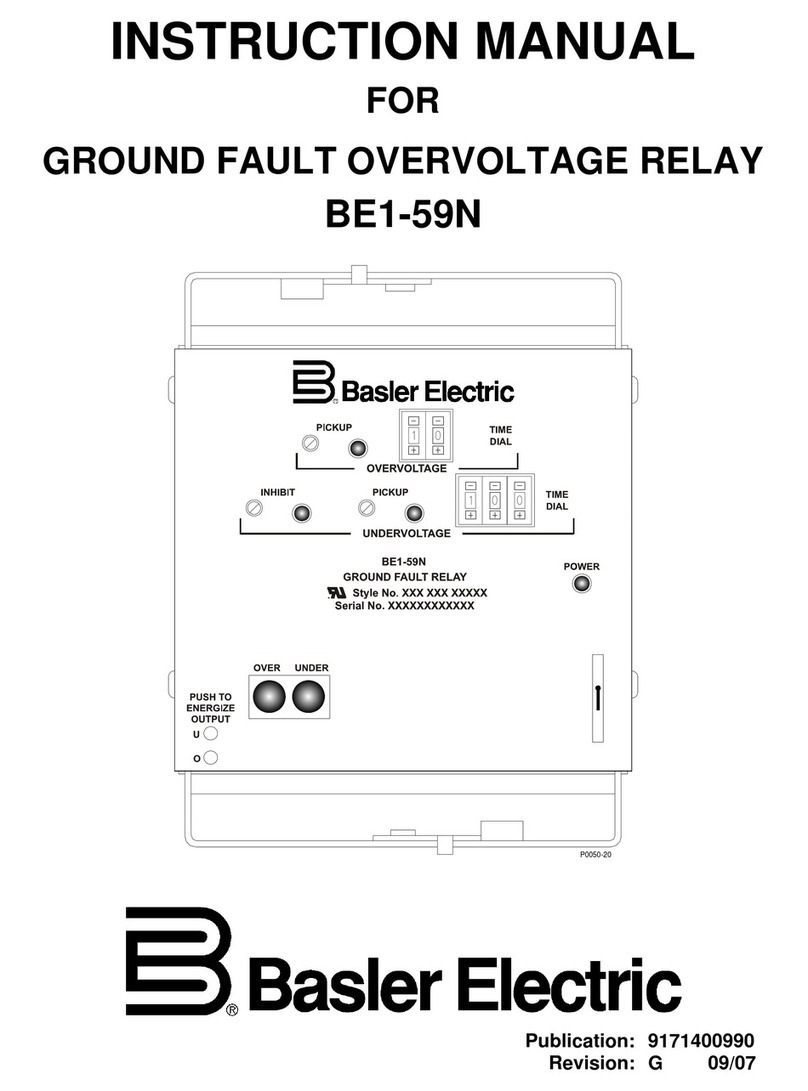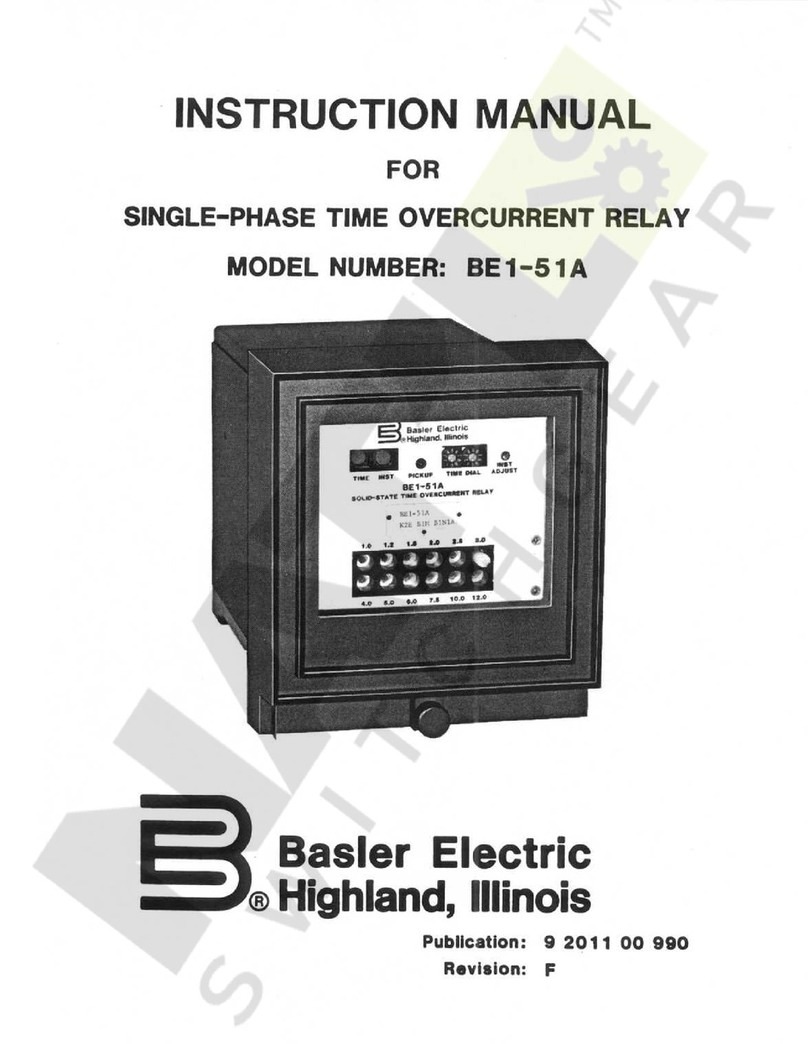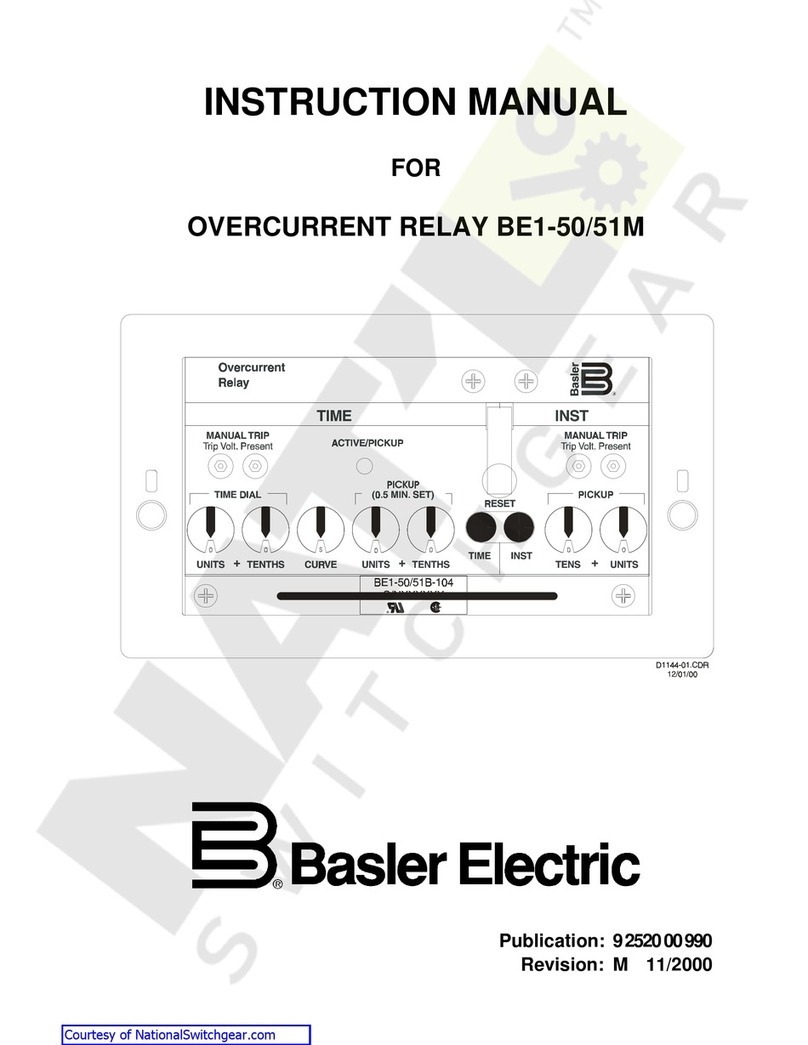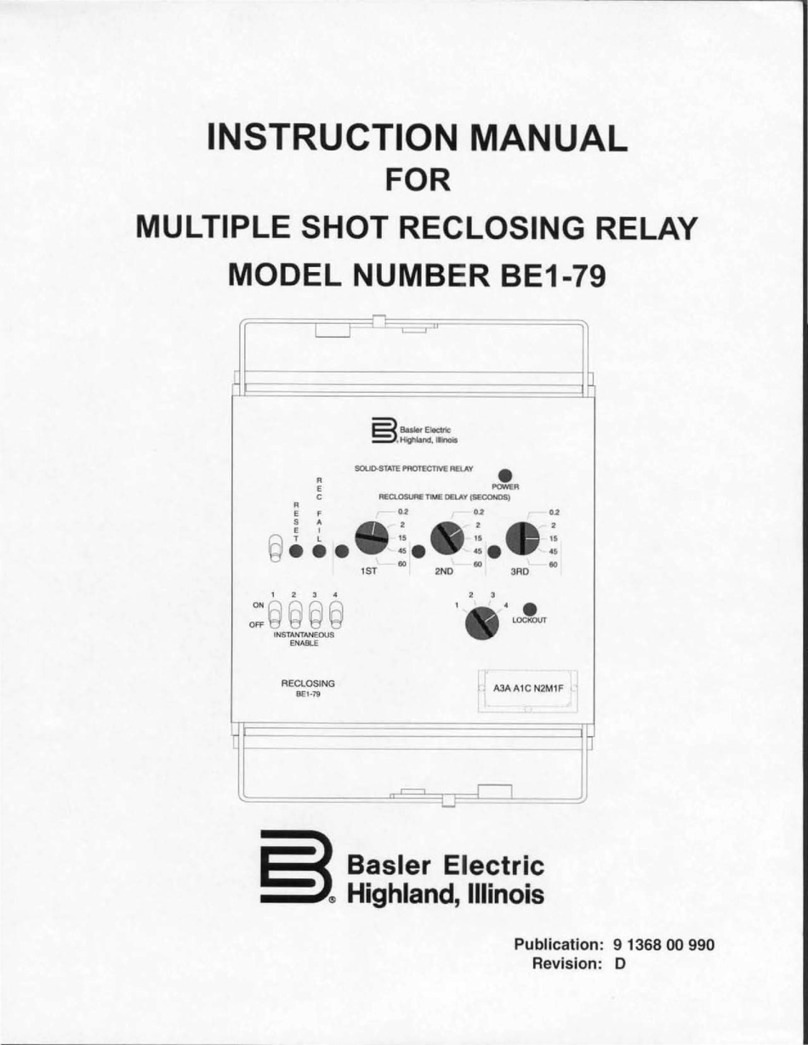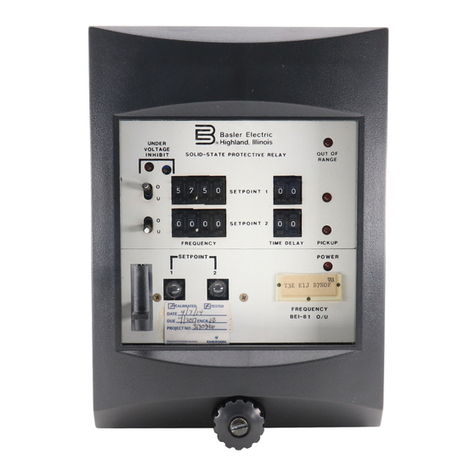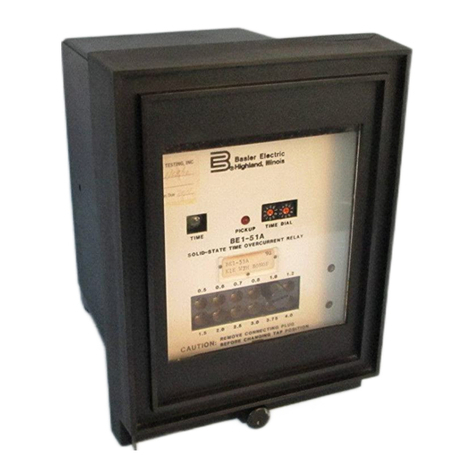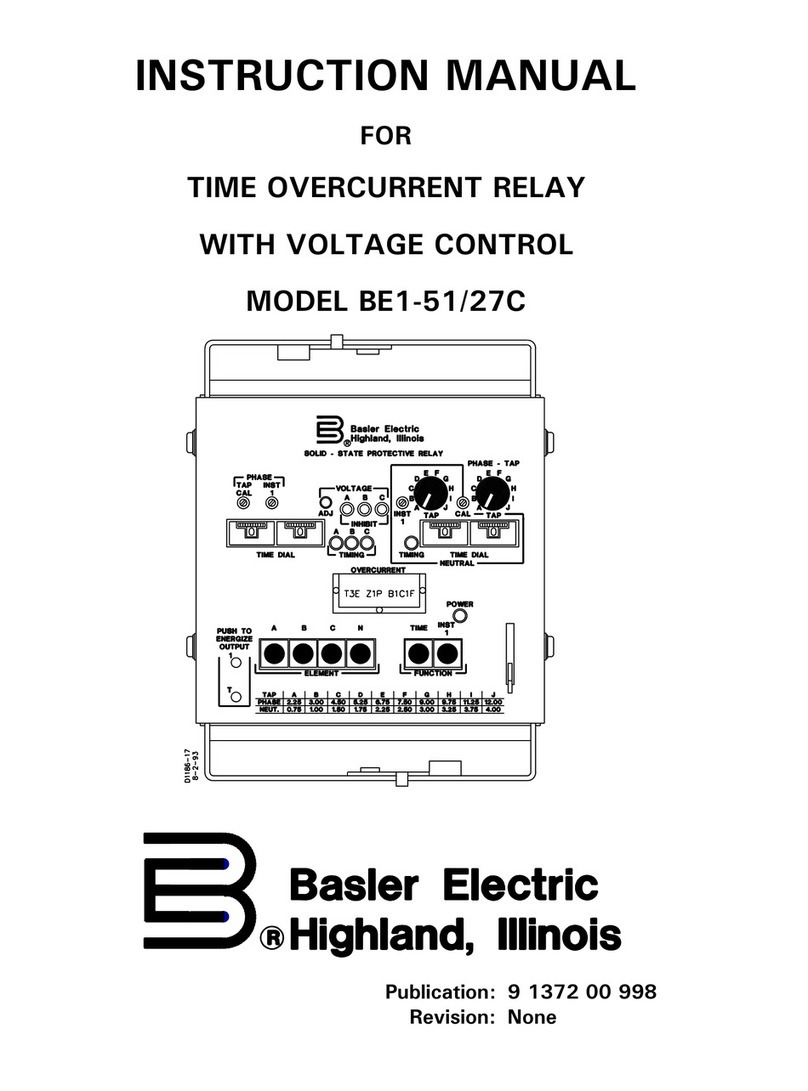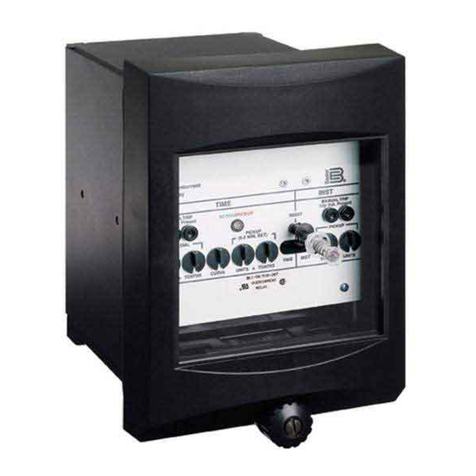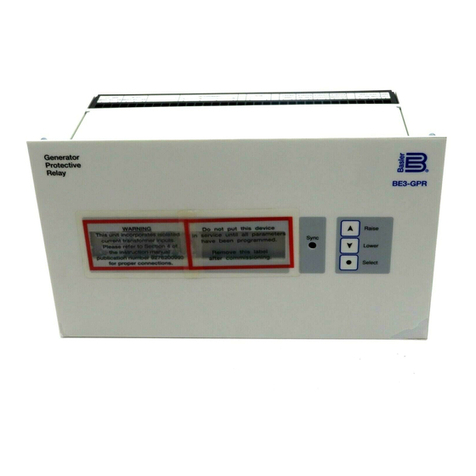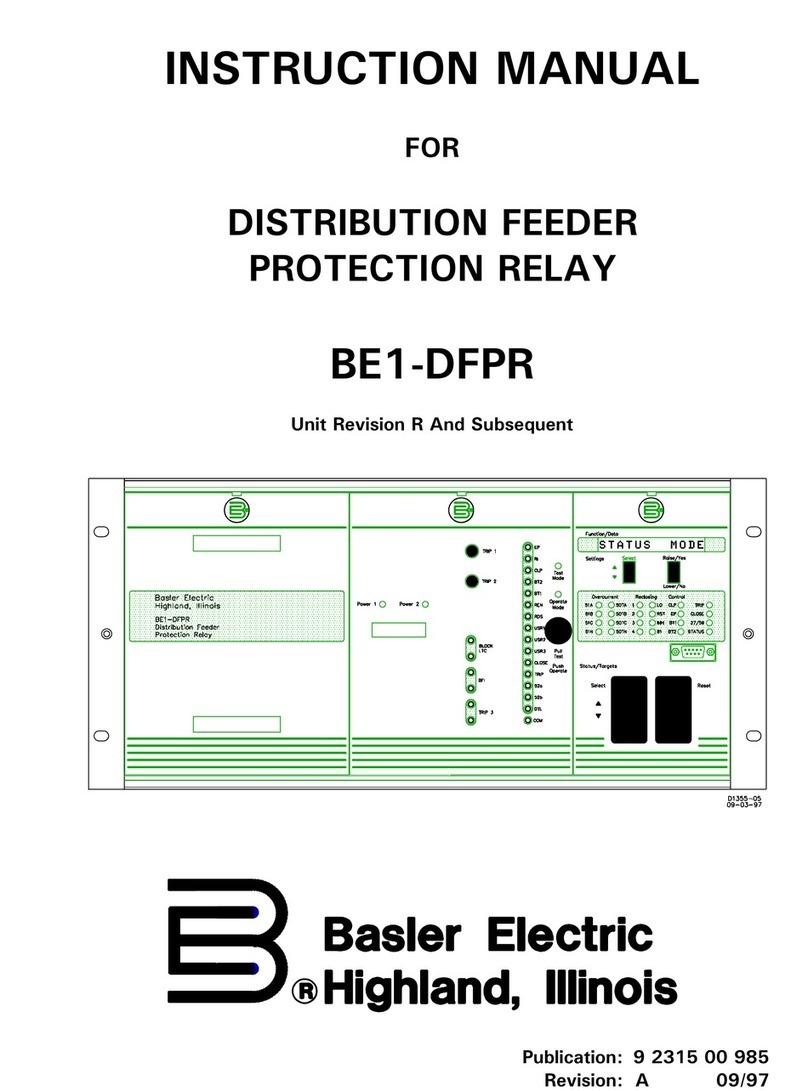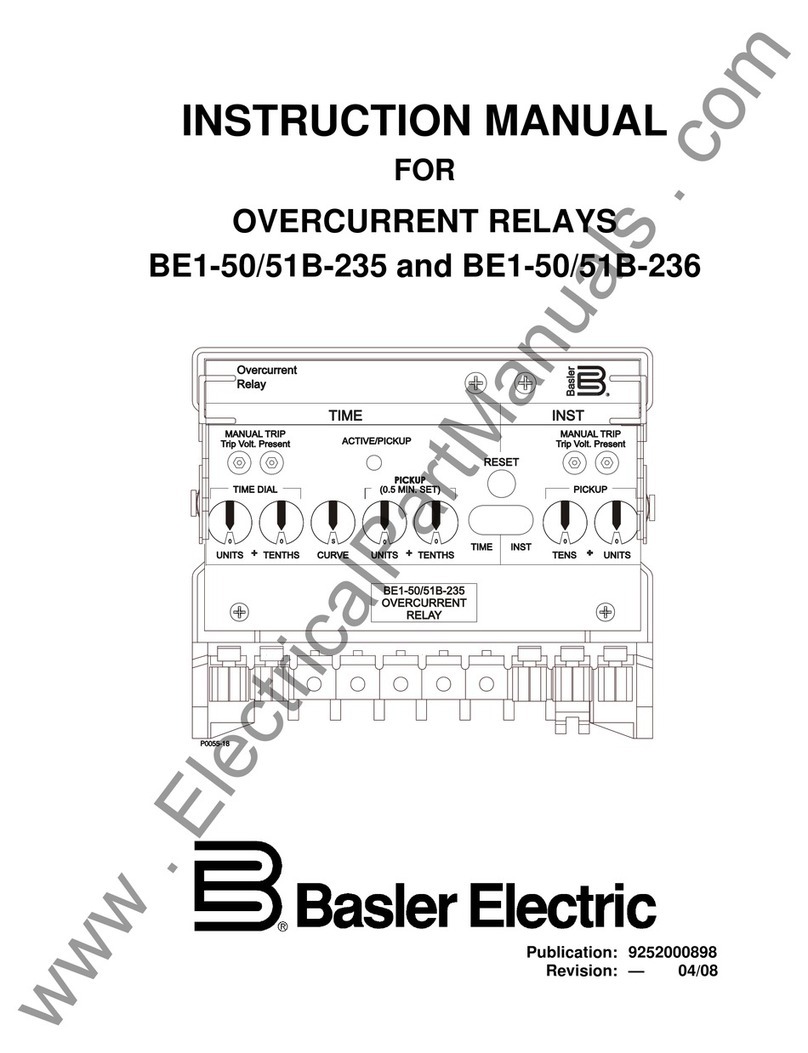
9190700990 Rev F BE1-67N General Information i
SECTION 1 •GENERAL INFORMATION
TABLE OF CONTENTS
SECTION 1 •GENERAL INFORMATION ................................................................................................1-1
PURPOSE..............................................................................................................................................1-1
APPLICATION .......................................................................................................................................1-1
Zero Sequence Current......................................................................................................................1-1
Zero Sequence Voltage......................................................................................................................1-2
Dual Zero Sequence Current and Voltage.........................................................................................1-2
OUTPUT CONTACTS ...........................................................................................................................1-2
Relay Status Alarm.............................................................................................................................1-2
Tripping...............................................................................................................................................1-2
Auxiliary..............................................................................................................................................1-3
PUSH-TO-ENERGIZE OUTPUTS.........................................................................................................1-3
TARGETS..............................................................................................................................................1-3
POWER SUPPLY OPTIONS.................................................................................................................1-3
POWER-UP DELAY ..............................................................................................................................1-3
MODEL AND STYLE NUMBER.............................................................................................................1-3
Style Number Example.......................................................................................................................1-3
SPECIFICATIONS.................................................................................................................................1-4
Current Sensing (IO) Inputs ................................................................................................................1-4
Frequency...........................................................................................................................................1-4
Polarizing Current (I0).........................................................................................................................1-5
Polarizing Voltage (V0) .......................................................................................................................1-5
Directional Unit...................................................................................................................................1-5
Time Overcurrent ...............................................................................................................................1-5
Instantaneous Overcurrent.................................................................................................................1-6
Power Supply .....................................................................................................................................1-6
Output Contacts .................................................................................................................................1-6
Target Indicator ..................................................................................................................................1-7
Type Tests..........................................................................................................................................1-7
Agency Recognition ...........................................................................................................................1-7
Physical..............................................................................................................................................1-7
Figures
Figure 1-1. Zero Sequence Polarizing (Two-Winding Transformer) ......................................................... 1-1
Figure 1-2. Zero Sequence Polarizing (Three-Winding Transformer).......................................................1-2
Figure 1-3. Style Number Identification Chart...........................................................................................1-4
Tables
Table 1-1. Maximum Operate Times.........................................................................................................1-6
Table 1-2. Power Supply Types and Ratings............................................................................................1-6
